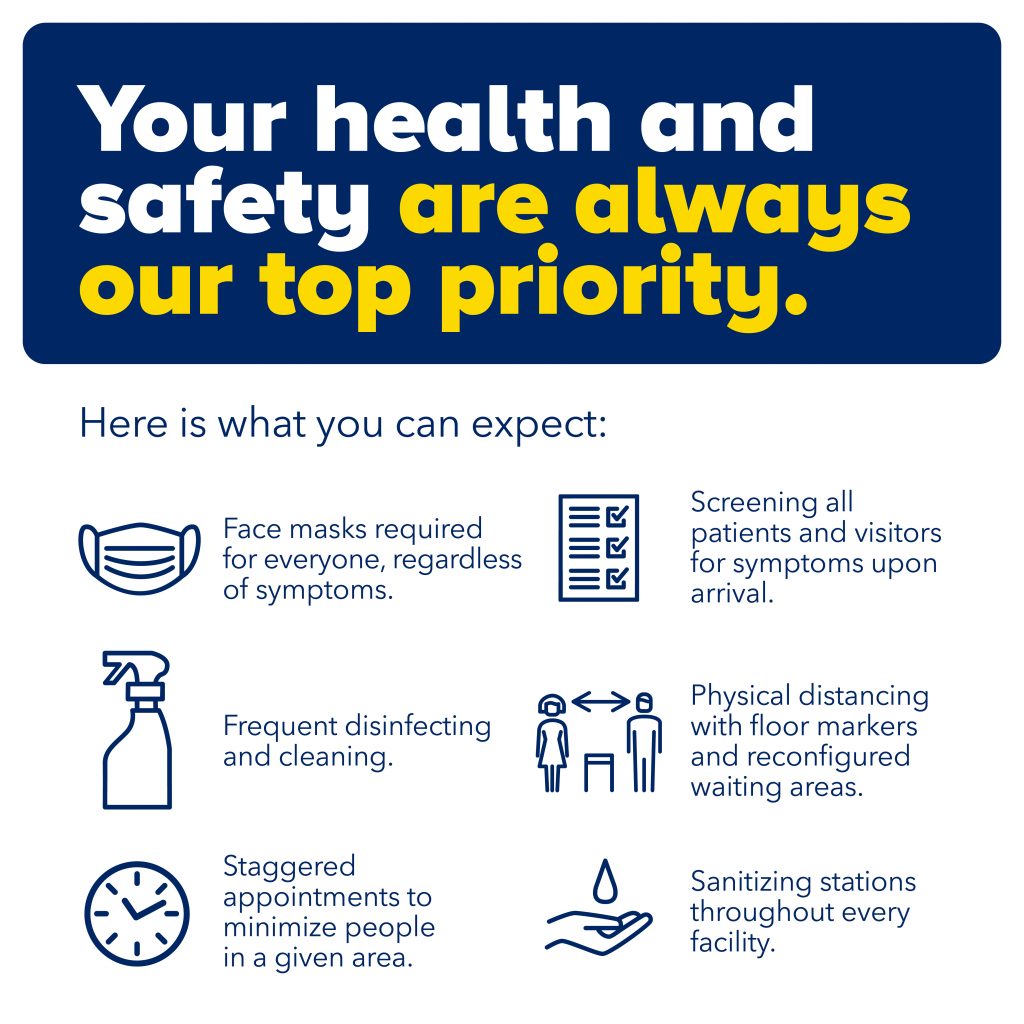Find care now
If you are experiencing a medical emergency, please call 911 or seek care at an emergency room.
Nearly one in eight women in the U.S. will develop breast cancer in their lifetime, and it’s the second leading cause of cancer death in women, next to lung cancer. Yet many women ask themselves, “Do I really need to get a mammogram?”
A mammogram is an imaging test used to screen women for breast cancer. In fact, it’s your best chance of detecting breast cancer early when treatment is most effective.
That’s why the American Cancer Society recommends that women begin breast cancer screening with mammograms around age 40 and commit to getting yearly mammograms by age 45. While women aged 55 and older may switch to screening every two years, routine screening every year is the best way to prevent breast cancer.
A mammogram may not be your idea of fun, but it could mean the difference between life and death. Here are six reasons to get a mammogram—and what to expect when you do.
1. A lump can’t always be felt.
Mammograms can find breast cancer long before you or your doctor would be able to feel a lump in your breast. While breast self-exams are important, you may not feel any changes until a sizable lump has formed. By the time that happens, breast cancer is already growing, spreading, and harder to treat.
A mammogram can see changes to your breast tissue as small as grains of rice, making it the best tool for detecting cancer as early as possible.
2. When caught early at a non-invasive stage, breast cancer can be 99% curable.
While mammograms can’t prevent breast cancer, they can help detect it early when there are more treatment options—and before it spreads to other parts of the body. According to the American Cancer Society, when breast cancer is detected while it’s contained to the breast, the survival rate is 99%. The five year relative survival rates for women with invasive breast cancer is 90%, and the ten year is 83%.















